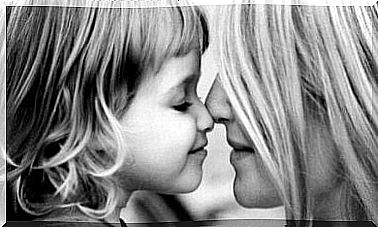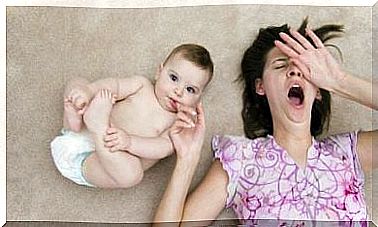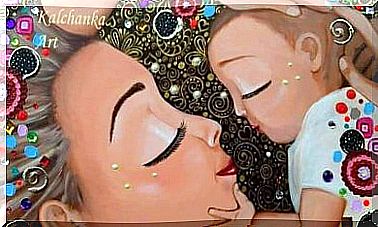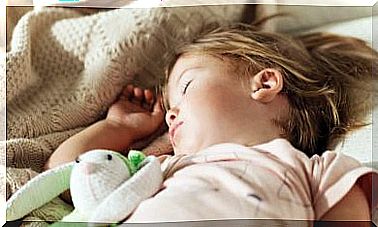Hyperactive Children: How And When ADHD Is Diagnosed
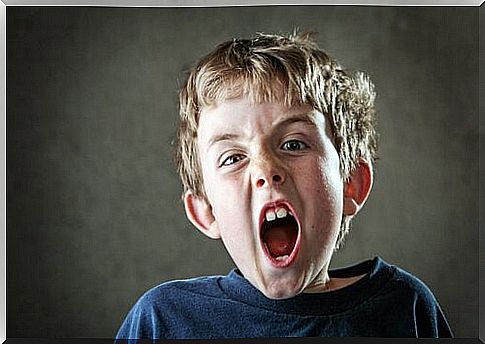
Hyperactivity is a behavioral disorder that is often diagnosed in children. Hyperactive children have an ability to move all the time, usually for no reason. This means that they can start something but not finish the task and are easily disturbed by other activities.
Hyperactivism can get worse around others, especially strangers or acquaintances that the child does not know very well. When the child is alone on the other hand, the behavior can subside.
Usually, children develop difficulty concentrating and difficulty retaining attention along with hyperactivity. These symptoms are known as ADHD – Attention Deficit Hyperactive Disorder.
This disorder can be difficult to diagnose so it is good if parents are familiar with the common signs. If you observe these in your child, it may be a good idea to move on with it.
How hyperactive children behave
One of the most obvious characteristics of hyperactive children is that they struggle to focus their attention or concentrate. Hyperactive children:
- Can be fragmented and destructive, does not respond to punishment
- Are constantly nervous and restless
- Often ends up in problems in the classroom
- Are impulsive and disobedient
- Can not handle frustration
- Can not focus on activities
- Demonstrates fragmented behavior
- Are impulsive

Cases of hyperactivity
Hyperactivity is more common in children than they think. According to some studies, it affects 3 percent of children under 7 years of age. It is more common in boys than girls.
As for the reasons for this disturbance, the scientific consensus has changed over time. In the early twentieth century, hyperactivity was said to be due to a minor disturbance in the brain, a debilitating encephalitis.
This was said to affect areas of the brain that are responsible for behavior, which was said to lead to hectic voluntary activity, impulsivity and an inability to stay still.
In 1937 , researchers discovered the therapeutic effects of amphetamines on hyperactive children. Based on the early theory, doctors prescribed medications such as benzedrine, which stimulate the brain, and noticed improvements in the condition of their patients.
Signs of hyperactivity by age group
As children get older, they may develop different behavioral patterns that may be signs of hyperactivity. Hyperactivity is easy to identify. There are clear signals to help doctors determine from an early age whether a child is suffering from hyperactivity.
0-2 years
Nocturnal myoclonus, muscle contractions, and eating problems. The children sleep for short periods and often wake up suddenly. They may also have resistance to daily routines. Sensitivity to hearing stimuli and irritability are also common.
2-3 years
Deficiencies in speech development, excessive movement, ignorance of risk. The child may have a tendency to have accidents because it is difficult for him to understand if something is dangerous or not.
4-5 years
Difficulty relating to other children, disobedience and inability to follow the rules. When you as an adult comment on their behavior, it is difficult to get them to focus.
6 years and up
Some of the characteristics of hyperactive children from 6 and up are impulsivity and poor results in school. At this age, the disorder becomes clearer and the child has even more difficulty relating to other children.
Symptoms in children with ADHD
When hyperactivity is accompanied by attention deficit and impulsivity, doctors may diagnose ADHD. This is a medical condition that requires continuous treatment and follow-up.
As we mentioned earlier, the main symptoms in children with ADHD are:
- Difficulty focusing
- Hyperactivity
- Impulsivity
Not all hyperactive children have ADHD
Many children may exhibit some of the behavioral patterns described above, traits of the disorder. But that does not necessarily mean that they have ADHD:
Young children are restless and impulsive quite naturally. Many young children have difficulty concentrating on tasks due to their natural cognitive development. These patterns are normal, up to a certain limit.

To be diagnosed with ADHD , a child must meet the criteria according to the DSM-5 (Diagnostic and Statistical Manual of Mental Disorders):
- The child shows these behaviors much more than other children.
- The symptoms occur before the age of 12.
- The child is affected at school, in the family and in social life.
- The behavior affects the child’s quality of life.
- The behavior is not caused by any medical problem, poison or other psychiatric disorder.
Treatment
The most common pharmaceutical treatment for ADHD is stimulants, which help the child focus better. Doctors may prescribe other medications if the child also has psychotic traits.
In parallel, psychotherapy can help the child to interact better in school and at home. Finally, cognitive therapy can help the child with exercises that develop his ability to plan his actions and improve his inner dialogue, the communication with your self.
If you notice these traits in your child, it is important to follow up. It may be that it suffers from ADHD or it may simply be going through a childhood phase.
In any case, it is always important to analyze children’s behavior to determine if their behavioral patterns are normal or deviate in any way.

